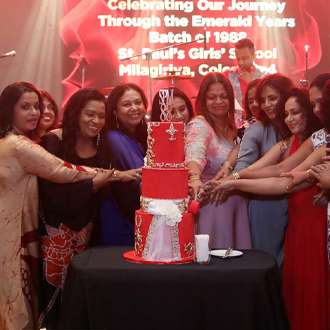
This month marks ten years since the civil war. While in the years since the war, Sri Lanka has seen its economy grow over 5% year on year, with a strong government focus on reconstruction and growth, for many women, particularly in the North and East the suffering still continues.
The civil war that ravaged the country from the early 1980s to 2009, created over 90,000 war widows, while several tens of thousands of women still don’t know if their husbands are alive or dead. As in most post-conflict contexts, women bear a disproportionate burden of the consequences of the war.
According to the UN, out of 245 million widows worldwide, more than half live in poverty. This is as widows, many of whom have children, are forced to become the sole bread winners in their families. Furthermore, many are often socially stigmatized, and marginalized by the government and NGOs alike. Their plight is one of the most important, yet under-reported, issues globally. Sri Lankan widows are no exception to this.
In the aftermath of the war, Tamil women in the North and East of the country have been more affected that any other group in Sri Lanka. This is as, war widows and the wives of disappeared in addition to seeking justice and dealing with the loss of a loved one, now grapple with becoming the primary income earners in their families. This happens in the setting of a highly patriarchal society, where women are expected to conform to their traditional gendered roles, relegated to the private sphere. This has created a lack of opportunities for economic empowerment in these areas. Also, suddenly thrust into the public realm, many women are prone to social stigmatization, gender based violence, and abuse. Furthermore, given the contested nature of land in these areas, many women face land and property ownership related issues which directly affect their livelihoods and living conditions. The plight of these women, particularly in the North and East is further exacerbated by the continued presence of the military forces, creating a culture of uncertainty.
While the Sri Lankan Government has taken some steps to help its female heads of households such as instituting the National Framework for Women-Headed Households, there has been little real progress, leaving these women in a backward economic and social position. Despite the government heavily investing in tangible projects such as infrastructure development in the North, little improvement has been seen in the livelihoods of the estimated 90,000 war widows created as a result of the conflict.
While women in the North and East are refusing to be victims, adopting coping strategies to rebuild their livelihoods, with over 23% of households in Sri Lanka headed by women, many of which are a result of the prolonged conflict that occurred, a strong national policy needs to be in place in order to support this group. As Sri Lanka remembers ten years on, the country must not forget about the women left behind, many of whom have yet to experience the dividends of peace.






